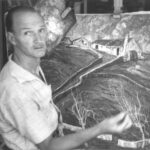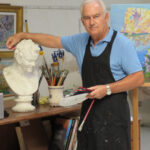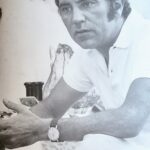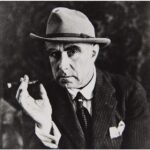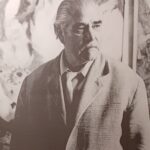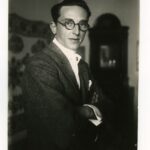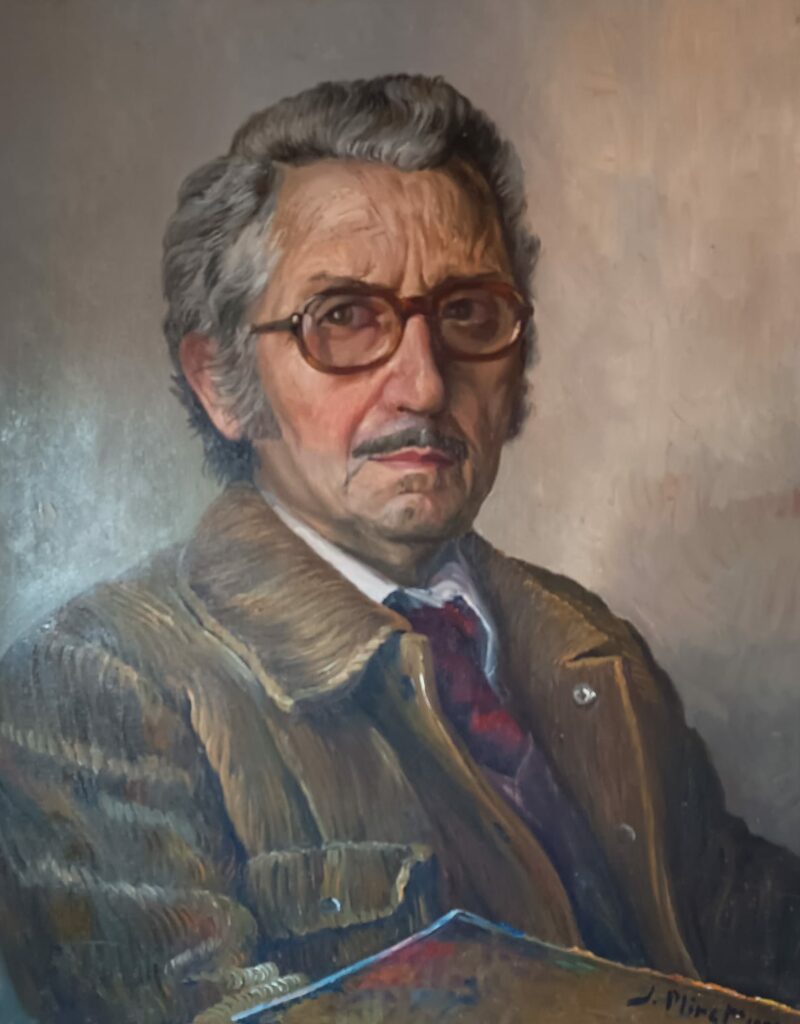
Josep Miret Aleu
He was born in Barcelona on March 20, 1914. He studied Fine Arts under the direction of Professor and master ¿Tarzaso?
His early vocation for painting, sculpture, and ceramics was cut short by the Spanish Civil War.
In 1943 he moved with his family to Mallorca, settled in Andratx, and painted landscapes of the area. His fluid, quick, impressionist technique captured the light of Mallorca with extraordinary sensitivity.
In 1950 he moved to Sóller and made his home in the port, one of the most picturesque places on the island. It was his most creative period. Seascapes, local characters, fishermen, and models became the subjects of his art.
He exhibited in Barcelona, Bilbao, Paris, Oviedo, and Mallorca. He won first prize for painting at the Fine Arts Circle of Palma, and second prize in another competition.
He traveled many times to Paris, painted urban scenes, and held exhibitions there.
José Miret was, without a doubt, an extraordinary painter. Full of color and light, he knew how to capture the beauty of Mallorca’s Serra de Tramuntana with genius.
I, as his son, also inherited his passion for painting and could write many pages about the admiration I feel for him as an artist, as a father, and as a person.
Josep Miret Vasallo

